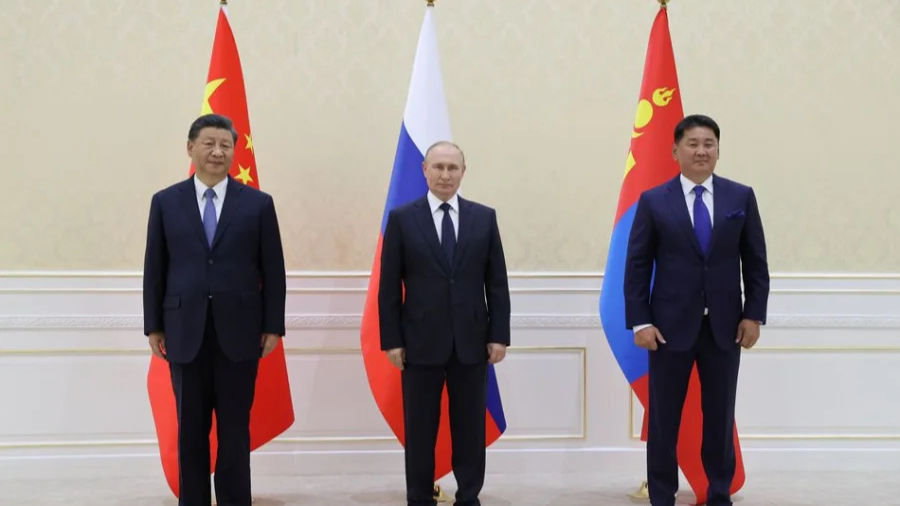Pope Francis in Mongolia: Facilitating Vatican-China Dialogue Through Mongolia
- Mongolia Weekly

- Sep 2, 2023
- 2 min read

Radio Sweden aired about the historic visit of Pope Francis to Mongolia on September 2, 2023.
Listen to the report below in Swedish, in which Mongolia Weekly's Amar Adiya is quoted about the significance of the visit as potentially opening the door to dialogue between China (People's Republic of China) and the Holy See (Vatican):
The report is by Björn Djurberg, China correspondent, Radio Sweden.
Key points:
Pope Francis is visiting Mongolia, in a unique visit to the country that is sandwiched between Russia and China.
It is precisely Mongolia's position between two great powers that means the visit has received attention as potentially politically important.
It is the first time a Pope has visited Mongolia, a mostly Buddhist country where the number of Catholics amounts to just under 1,500 people.
Background
Can Mongolia act as an intermediary for the Vatican-China dialogue?
Mongolia's geostrategic position and experience with the Ulaanbaatar Dialogue could position it as a potential mediator between China and the Vatican to improve their relations. Mongolia could leverage its expertise in facilitating dialogue and cooperation in the region. Mongolia has close economic and political ties to China.
What is Ulaanbaatar Dialogue?
The Ulaanbaatar Dialogue is a regional initiative led by Mongolia that aims to promote dialogue and cooperation in Northeast Asia. It seeks to defuse tensions, enhance confidence-building, and contribute to peacemaking efforts in the region, with a particular focus on the Korean Peninsula.
The dialogue involves hosting various events, conferences, and meetings where representatives from Northeast Asian countries and other international stakeholders gather to discuss a wide range of issues, including security, energy, infrastructure, green development, and humanitarian cooperation.
The Ulaanbaatar Dialogue provides a platform for open and inclusive discussions to foster better understanding and collaboration among the participating nations in Northeast Asia.
Does the Holy See have diplomatic relations with China?
There are no official bilateral relations between the People's Republic of China (PRC) and the Holy See. The Holy See instead recognized the Republic of China as the representative of China ever since the establishment of relations with the ROC government in 1942.
How Catholics treated in China?
Catholics in China face challenges due to government restrictions. These challenges include the removal of religious symbols from churches and limitations on the travel of Chinese bishops. President Xi Jinping has called for "Sinicization" of religion, aligning it with communist ideology. This reflects the government's control over religious activities and expressions in China.
What is the agreement between the Vatican and China?
The Vatican-China agreement primarily revolves around collaborating on the selection of bishops, granting the Pope ultimate and conclusive authority in this process. However, since the deal's inception, only six new bishops have been appointed, leading critics to argue that it has not yielded the anticipated outcomes.
Did China vow more friendly consensus amid Vatican complaints?
Following the Vatican's grievances about Beijing's alleged breaches of the 2018 interim agreement, China's Foreign Ministry stated that the nation is open to broadening the "amicable understanding" reached with the Vatican regarding the selection of bishops.
Subscribe to Mongolia Weekly and receive a premium newsletter each week featuring in-depth analysis and commentary on politics and policy in Mongolia. Don't miss out on this valuable insight. Use promo code MW97 to get your first month for just $0.90. Stay informed and empowered with our exclusive content!



Comments